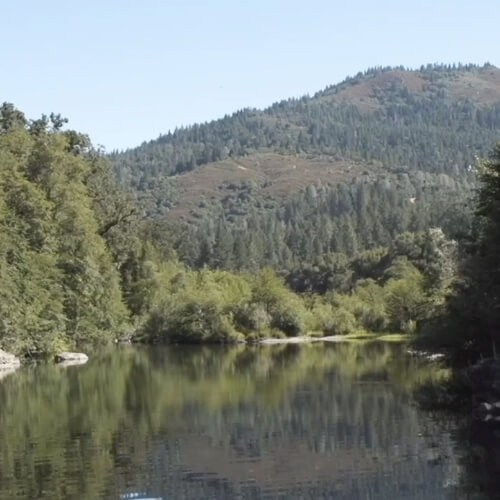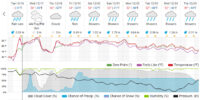The North Bay has seen one of the wetter seasons in California this year, with above-average rainfall. Since Oct. 1, Santa Rosa has received 40.68 inches of rain, 147.3% of average, and Ukiah has seen 34.48 inches, 104% of average. Thanks to this wet season, both Lake Sonoma and Lake Mendocino are full, putting us in a strong position as we head into the warmer months.
While our water outlook is solid for now, it’s still important to use water wisely. Droughts can return, and other parts of the state — like Southern California — saw below-average rainfall this year. This year has also been warmer than average this season, with 42 counties recording temperatures as the warmest 10% on record.
One of the tools helping us manage our water supply is Forecast-Informed Reservoir Operations (FIRO). This innovative approach helps water managers use weather forecasts, runoff models, and real-time monitoring to hold more water in our reservoirs, while still maintaining flood safety. More regions in California are now adopting this flexible and efficient strategy.
In the North Bay, our water comes from rainfall that flows into the Russian River and is stored in local reservoirs. If you rely on a well, your water also depends on precipitation and comes from underground aquifers that depend on rain to recharge.
What about snowpack?
Snowpack plays a big role in California’s overall water supply — though not here in Sonoma or Marin counties. Statewide, snowpack typically provides about 30% of California’s water needs, earning it the nickname “California’s frozen reservoir.” Earlier this year, an unusually dry January slowed snowpack growth and worsened wildfire risk in the south. Fortunately, late-season storms in February and March helped bring snow levels closer to average, as measured during the April snow survey.






Be First to Comment